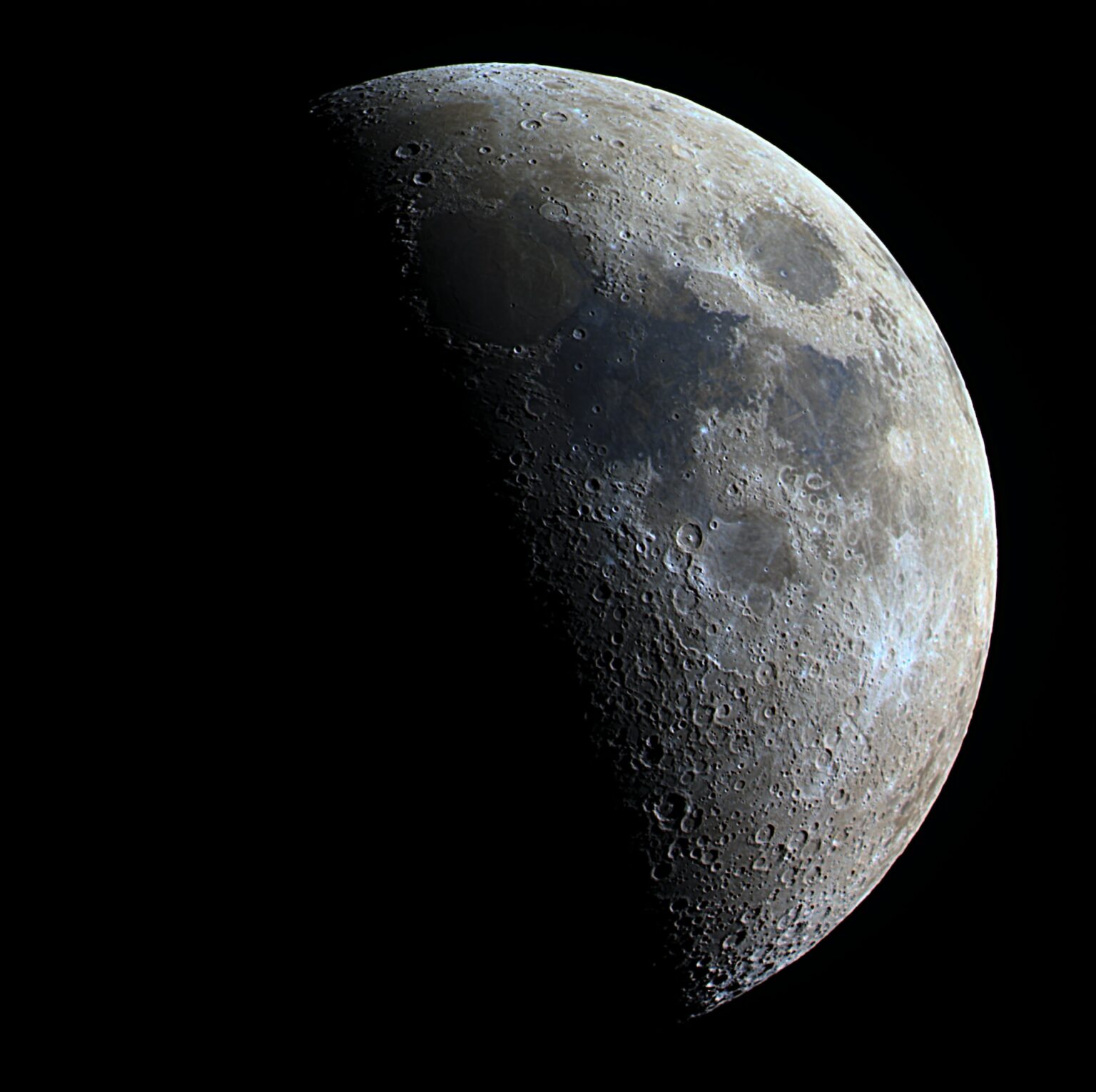It’s been 52 years since the last astronaut flight to the Moon. Scientists estimate that for more than half a century, time on the Moon has slowed down by 1.1 seconds. This difference may seem insignificant, as lunar time lags behind Earth time by 57 millionths of a second every day. But a new study by NASA scientists shows that this difference could affect the synchronization of navigation systems during future missions to our natural satellite.

Since Einstein’s time, it has been known that gravity affects time. However, measuring these distortions became possible only with the advent of high-precision atomic clocks.
For the past half century, there has been no need to investigate the impact of these small time differences between the Earth and the Moon. Lunar gravity is one-sixth of Earth’s, but this fact did not cause major problems during short astronaut visits. Now, with NASA’s plans to return astronauts to the Moon by 2026 as part of the Artemis program, this issue is becoming more urgent. The mission involves exploring possible locations for lunar bases that could become a launching pad for flights to Mars.
Calculating the time difference
In April, NASA and other US agencies were tasked with creating a unified time reference system for the Moon. A new discovery helps in this work. Slava Turyshev, a physicist at NASA’s Jet Propulsion Laboratory, led the research. According to him, someone had to sit down and do the math. Turyshev and his colleagues determined that the Moon is 57 millionths of a second ahead of Earth time per day. They calculated a sliding time scale for the Earth and the Moon relative to the barycenter of the solar system, the common center of mass around which the Sun, planets, and satellites orbit.

Their calculations are in line with those of a team at the US National Institute of Standards and Technology, which in February found a difference of 56.02 microseconds. However, because these differences are important over long distances, research is ongoing.
None of the results have been peer-reviewed, and the final determination of lunar time must be confirmed by a number of agencies and international organizations. The International Bureau of Weights and Measures and the International Astronomical Union are planning to meet in August to discuss this issue.
We also need to take into account the slowdown in the Earth’s rotation, which is making our days longer, and how human mining activities affect this rotation.
Earlier, we reported on how the Earth’s natural satellite came to be.
Based on the materials of sciencealert.com

